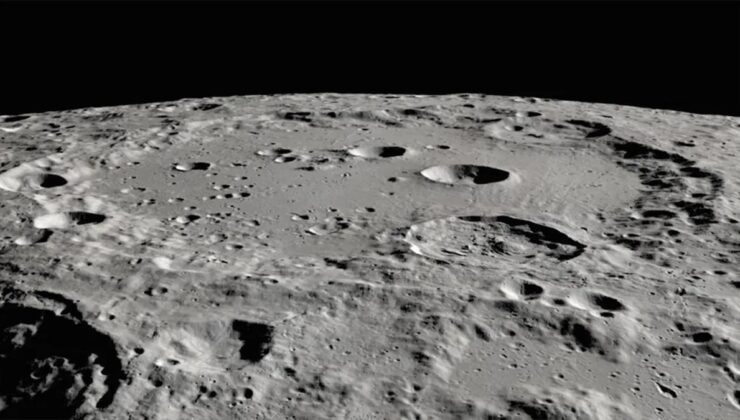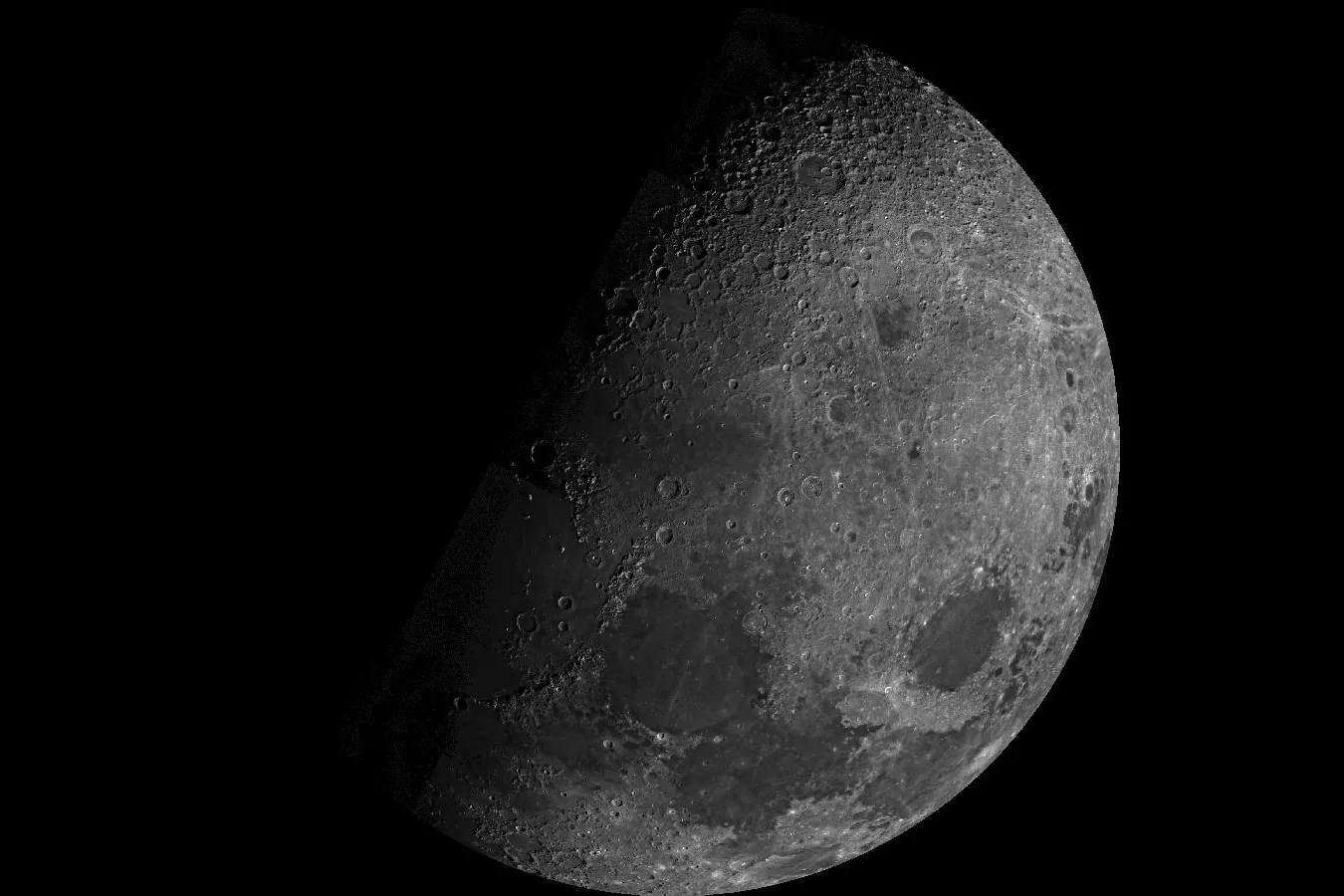

A conundrum that has puzzled the scientific community for decades may have now found clarity through a groundbreaking experiment spearheaded by NASA. The origin of water on the Moon’s surface has long been attributed to the charged particles emanating from the Sun, known as solar winds. Recent experimental results now lend substantial evidence to this theory. Researchers from NASA’s Goddard Space Flight Center have illuminated this mystery by simulating the Moon’s harsh environment within a controlled laboratory setting.

Unlike Earth, which is protected by an encompassing atmosphere and magnetic field, the Moon faces the direct onslaught of solar winds. These winds are composed of hydrogen protons traveling at astonishing speeds. In this pivotal experiment, regolith samples — lunar soil retrieved during the Apollo 17 mission in 1972 — were exposed to replicated solar winds within a specialized vacuum chamber. To ensure authenticity, researchers Li Hsia Yeo and Jason McLain meticulously baked the samples at elevated temperatures to eliminate terrestrial moisture, ensuring any resultant water formation would be solely from the experimental conditions.
Upon the collision of protons with the lunar soil, they interact with oxygen atoms present in the minerals, culminating in the formation of hydroxyl (OH) and eventually water (H₂O) molecules. During the experiment, infrared spectral analysis revealed an absorption signal around three microns, confirming the creation of these molecules. This observation serves as a pivotal piece of evidence that water is indeed being synthesized within the lunar soil.
NASA’s study suggests that water formation on the Moon is not merely an ancient relic but an ongoing process. Observations indicate that the spectral signatures of water on the lunar surface fluctuate diurnally: intensifying in the morning, diminishing during the midday heat, and reemerging at night, thereby signifying an active production cycle. This lends credence to the hypothesis that water is not sporadically produced by meteorite impacts but is continuously generated by the omnipresent solar winds.
The implications of this discovery are profound for NASA’s Artemis program, which aims to establish a lasting human settlement on the Moon. Previously, lunar water was believed to be sequestered as ice within permanently shadowed craters, particularly at the Moon’s South Pole. However, this revelation suggests that water can now be harvested directly from the lunar soil. The constant barrage of solar winds renders this resource perpetually renewable.
SİGORTA
9 saat önceSİGORTA
9 saat önceBİLGİ
23 saat önceBİLGİ
23 saat önceSİGORTA
1 gün önceSİGORTA
2 gün önceSİGORTA
2 gün önceSİGORTA
4 gün önceINSURANCE NEWS
4 gün önceSİGORTA
6 gün önce 1
DJI Mini 5: A Leap Forward in Drone Technology
20600 kez okundu
1
DJI Mini 5: A Leap Forward in Drone Technology
20600 kez okundu
 2
xAI’s Grok Chatbot Introduces Memory Feature to Rival ChatGPT and Google Gemini
14571 kez okundu
2
xAI’s Grok Chatbot Introduces Memory Feature to Rival ChatGPT and Google Gemini
14571 kez okundu
 3
7 Essential Foods for Optimal Brain Health
13282 kez okundu
3
7 Essential Foods for Optimal Brain Health
13282 kez okundu
 4
Elon Musk’s Father: “Admiring Putin is Only Natural”
13116 kez okundu
4
Elon Musk’s Father: “Admiring Putin is Only Natural”
13116 kez okundu
 5
Minnesota’s Proposed Lifeline Auto Insurance Program
11019 kez okundu
5
Minnesota’s Proposed Lifeline Auto Insurance Program
11019 kez okundu
Sigorta Güncel Sigorta Şikayet Güvence Haber Hasar Onarım Insurance News Ajans Sigorta Sigorta Kampanya Sigorta Ajansı Sigorta Sondakika Insurance News